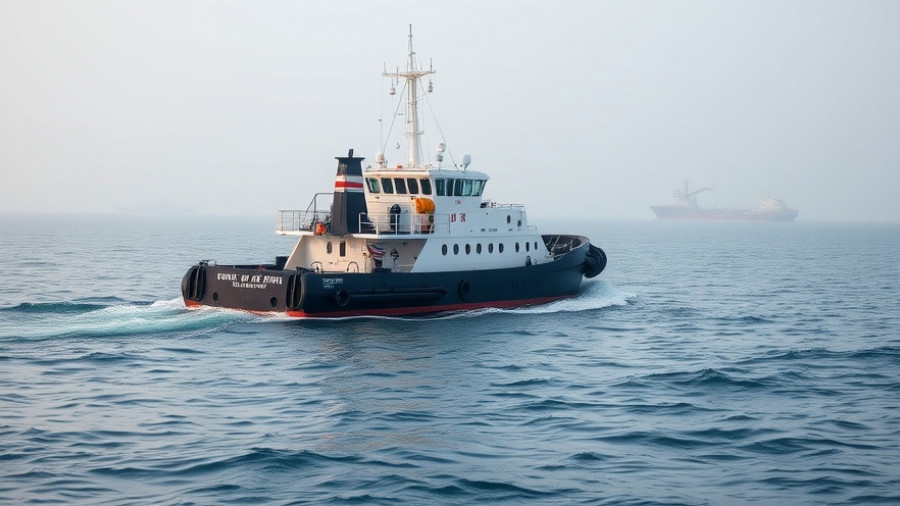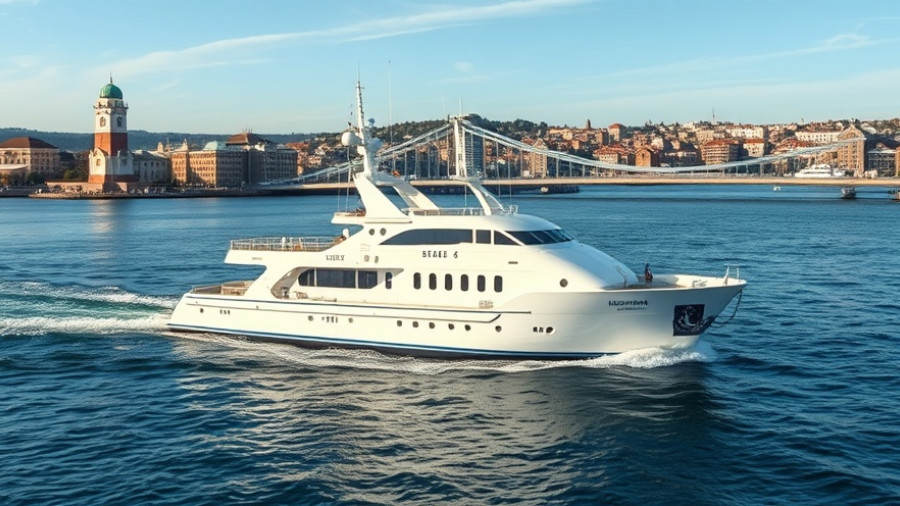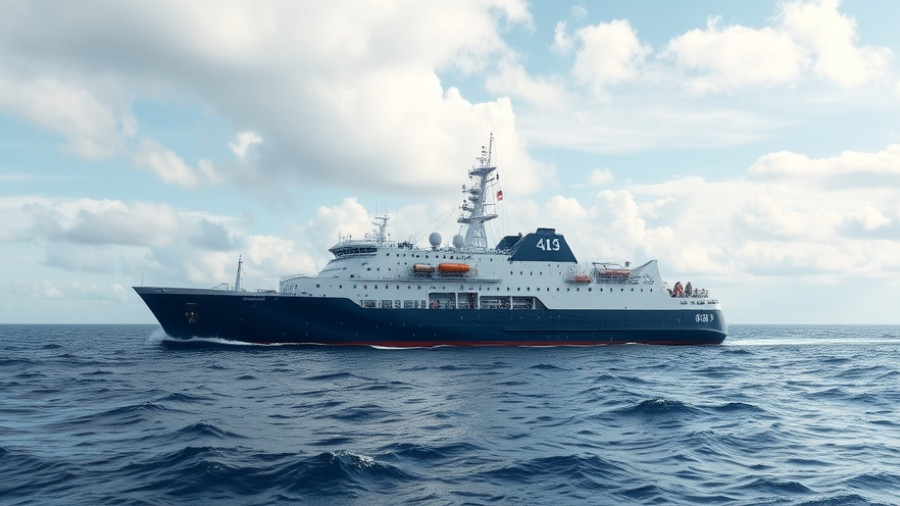
The Launch of the MV Lochmor: A Game Changer for Scotland's Ferry Service
The recent launch of the MV Lochmor at Cemre Marin Endustri shipyard in Turkey marks a pivotal moment in Scotland's maritime transport history. This new vessel is the first of two ferries designed to enhance the Little Minch route, connecting Uig on Skye, Tarbert (Harris), and Lochmaddy (North Uist). With a passenger capacity of up to 450 and the ability to transport 100 cars or 14 commercial vehicles, MV Lochmor will significantly augment the shipping capacity for these vital routes, providing reliable connectivity for local communities.
Background: A Strong Commitment to Maritime Infrastructure
Transport Scotland's generous £115 million funding, allocated back in 2022, demonstrates a strong commitment to revitalizing the ferry network. This investment not only covers the construction of the Lochmor and its sister ship, MV Hebrides, but also supports essential port improvements that align with modern maritime design. Such proactive measures ensure that the ferries are equipped to serve passengers and cargo efficiently, ensuring economic growth and stability in these communities.
Connecting Communities: The Social Impact of Enhanced Ferry Services
The significance of improving ferry services goes beyond transportation; it touches the quality of life for residents. Enhanced connectivity via the MV Lochmor and MV Hebrides will facilitate easier access for residents to essential services, educational institutions, and job opportunities. Furthermore, increased ferry capacity can boost tourism, offering a sustainable way for visitors to explore the breathtaking landscapes of the Hebrides.
What's Next for the MV Lochmor?
The future is bright for the MV Lochmor, set to undergo outfitting and system installations prior to its sea trials. Scheduled to arrive in Scotland later in 2026, this timeline allows for thorough crew training and local operational testing, ensuring the ferry is ready to meet the demands of its new routes. CMAL and its partners are working diligently to ensure that this vessel is deployed in tandem with the other ferries being constructed, enhancing the overall efficiency of Scotland’s ferry network.
Future Insights: A New Era for Maritime Transport
As the MV Lochmor transitions from construction to operational service, its deployment is poised to serve as a model for future maritime projects both in Scotland and internationally. The collaborative effort between UK and Turkish shipbuilders, combined with strategic investments from the government, can inspire similar initiatives aimed at creating sustainable and efficient transport networks worldwide. This project underscores how strategic investments can revitalize local economies and support community resilience.
Conclusion: A Call to Embrace Maritime Innovation
The launch of the MV Lochmor is not just a triumph of engineering; it's a blueprint for future maritime transport initiatives. As the ferry prepares to embark on its journey, it encapsulates the potential for growth and opportunity in the Scottish ferry network. For those interested in maritime developments, keep your eyes on the horizon—this is just the beginning of a transformative journey that promises to enhance travel connectivity and community resilience across the Hebrides and beyond.
 Add Row
Add Row  Add
Add 




Write A Comment